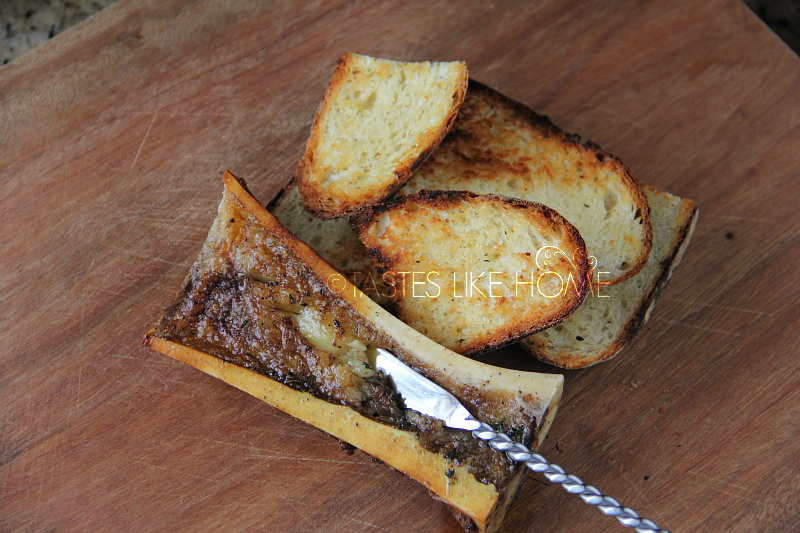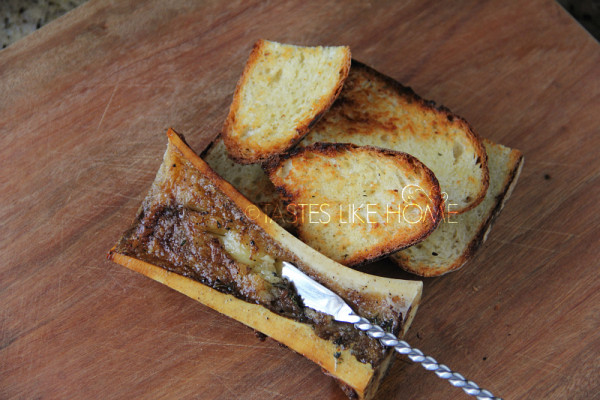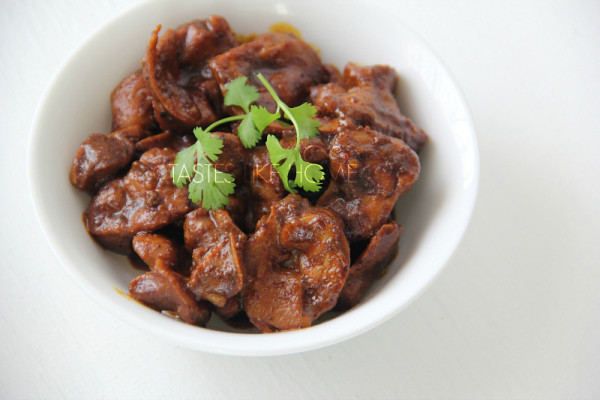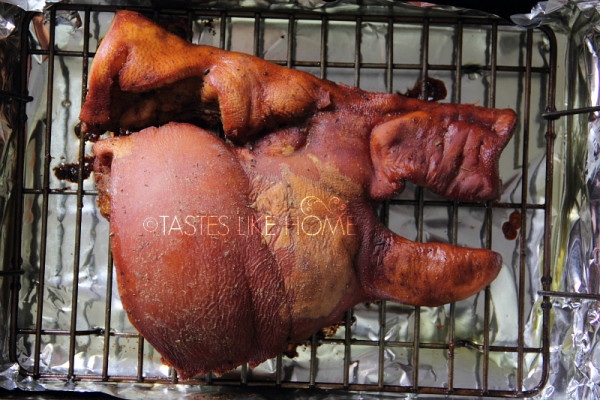Hi Everyone, Ewww… Gross! Yuck! These sounds plus expressions of scorn and disgust are usually the reaction of many people when they are offered the other parts of meat, poultry or seafood. What do I mean by the other parts? Well, you know, the ears, tails, snout, cheeks, shanks, bellies, feet, necks, brains, tongues, heads, hearts, kidneys, gizzards, and liver. All can inspire expressions of aversion these days. Thankfully, it wasn’t always so. There were (and luckily still are) many people who took exquisite pleasure in the other meats.
Many of these other parts are eaten for pleasure and for some people, the belief that they will be imbued with particular qualities of the animals from which they came, like sexual prowess, testosterone and aphrodisiac. But it is not all about sexual appetite and performance, there is strong belief in the healing that takes place from drinking and eating soups, broths, and stews created with other parts.
 One of my food-in family members wrote to me that growing up he was told that the cow’s heart was supposed to make one’s own heart stronger and healthy, so he ate cow heart stewed, boiled, fried and in soups. The cow’s brains were supposed to make their brains brighter and sharper for learning. The brains were cooked low and slow with lots of seasoning. Apparently eating the head of steamed fish with the eyes was good for brain power too. Bones of all types – cow, pig, goat, lamb, chicken or fish when made into a soup – were a cure all for any ailment, especially the flu.
One of my food-in family members wrote to me that growing up he was told that the cow’s heart was supposed to make one’s own heart stronger and healthy, so he ate cow heart stewed, boiled, fried and in soups. The cow’s brains were supposed to make their brains brighter and sharper for learning. The brains were cooked low and slow with lots of seasoning. Apparently eating the head of steamed fish with the eyes was good for brain power too. Bones of all types – cow, pig, goat, lamb, chicken or fish when made into a soup – were a cure all for any ailment, especially the flu.
The use of other parts of an animal has a long history in Caribbean cuisine and that of other countries outside of the region too. Other parts were cooked and eaten at a time when there was very little protein was available. In a lot of cases, these parts were given to those who worked the fields and plantations; the prime cuts going to the big house. It was not only during the period of slavery that many of these other parts were eaten, there were many home cooks who made sumptuous meals with the other parts because these were the only parts they could afford to buy. Other parts then came to be seen as poor people’s food.
Today, even though celebrity chefs and well-known cooks celebrate other parts in their cooking and offerings at high-end eateries, some people (with the resources to buy whatever they want to cook and eat) still feel a little self-conscious about admitting to eating other parts, especially in their home. Years ago a friend of mine lowered her voice and averted her eyes when she told me about adding chicken feet to her soups. I touched my friend’s arm and asked, “So when next are you making soup?” And with those simple words I let her know that there is nothing better than soup with chicken foot.
Another friend was utterly embarrassed when she explained to me that growing up in the country and rearing their own chickens, her family would clean part of the intestines, season them and enjoy them fried crisp. I wished I could taste it.
The nose to tail concept of cooking and eating is nothing new, history shows that cooking and eating other parts, odd bits, “nasty” bits, whatever you want to call it, is conservative rather than revolutionary. It is a return to the past.
One of the things that has come about as a result of the resurgence of eating other parts is that animal farmers and butchers are able to sell all parts of the animal and not have the other parts only designated for pet food. Sometimes one has to do a double-take when they hear the price of other parts because they are in such demand. Whenever I want pork belly to braise or cure for bacon, I have to order it from my butcher a couple of weeks in advance because demand is high and it is sold for the same price per pound as leg roast. Many Barbadian farmers-butchers have seen an increase in their earnings thanks to the Guyanese demand for tripe to make Cook-up Rice and soups. The tripe used to be thrown away. Years ago I met a Guyanese woman who told me that she showed one of the butchers how to dress the tripe. A tripe dresser is someone who cleans and prepares the other parts of the animal to make it presentable for the market. In the case of tripe, the stomachs are scalded in boiling water, then scrubbed to removed membranes, cooked and (bleached for some markets) then trimmed for sale. The woman, let’s call her Delores, explained that at first she used to get the tripe free (because the butcher used to throw it away). She’d take the tripe home and dress it herself but it was a lot of work, so she showed the butcher how to prepare the tripe. She is now one of his biggest tripe customers and understandably, she gets her tripe at a different price (lower of course) than what the tripe retails for in the market. While not all the butchers in the market sell tripe, the important thing is that you can get tripe to buy in the market; that was not always the case. Tripe (imported) was always only available in the supermarkets.
I cannot and would not want to imagine Caribbean food without other parts – cowheel soup, pig trotters, pig ears or chicken foot souse, liver and onions, black pudding, Guyanese Pepperpot, St Lucian Grilled Kidneys and Bakes, Jamaica’s Oxtail Soup or Pickled Cow’s Tongue, Stewed Tripe and Broad Beans, a tasty Fish-head Broth, a bowl of Bunjal Liver and Gizzards to eat as cutters or to lash with dhal and rice, a good Bajan Chicken Liver cutter with lashings of pepper sauce, Lamb Neck Stew or Barbecue Pig Tails. Can you imagine a world without these wonderful dishes?!
The other parts are truly good eats and are at the heart of our cuisine. If you’ve never tried any of them, I encourage you to. I’d suggest that your first entrée be in a soup, stew, or, wait for it, a curry!
Cynthia













